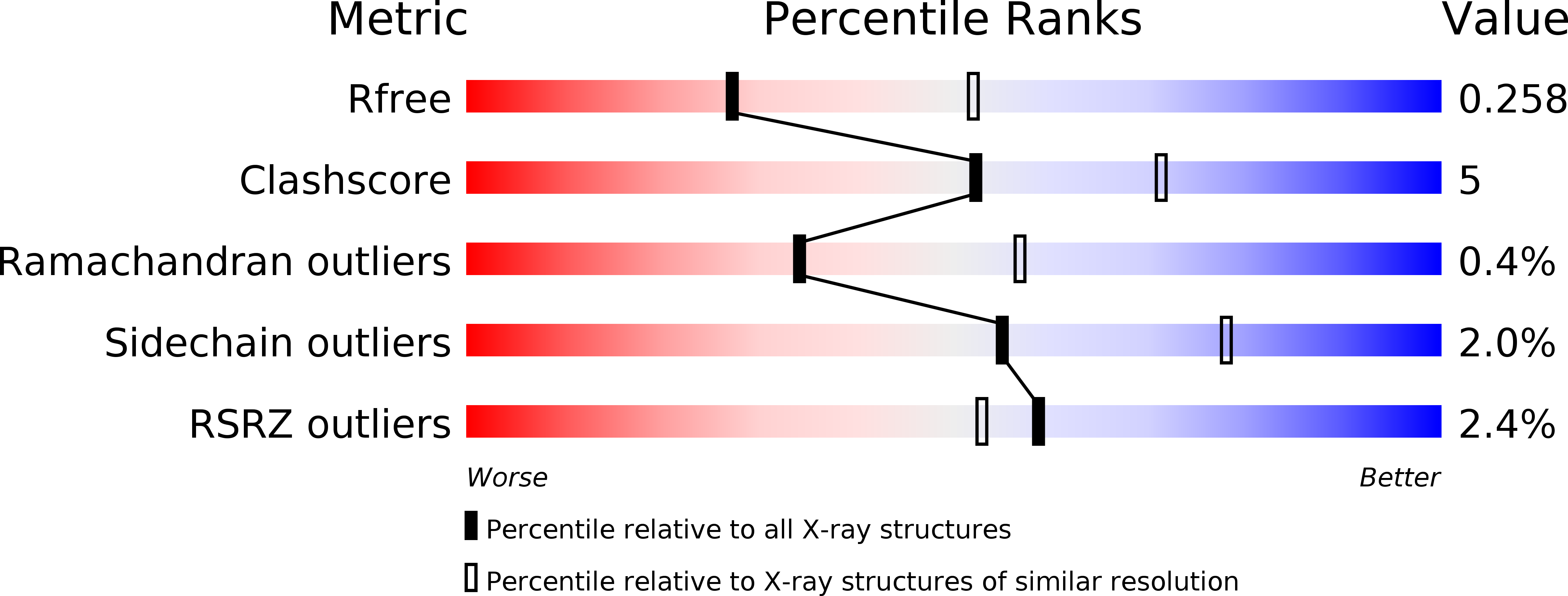
Deposition Date
2012-06-20
Release Date
2012-08-29
Last Version Date
2024-02-28
Entry Detail
PDB ID:
4FNZ
Keywords:
Title:
Crystal structure of human anaplastic lymphoma kinase in complex with piperidine-carboxamide inhibitor 2
Biological Source:
Source Organism:
Homo sapiens (Taxon ID: 9606)
Host Organism:
Method Details:
Experimental Method:
Resolution:
2.60 Å
R-Value Free:
0.26
R-Value Work:
0.19
R-Value Observed:
0.20
Space Group:
P 21 21 21


